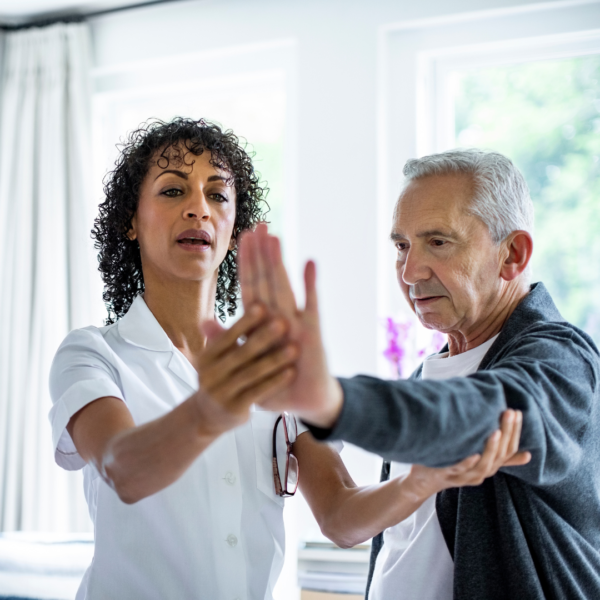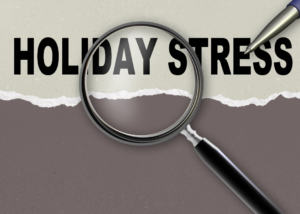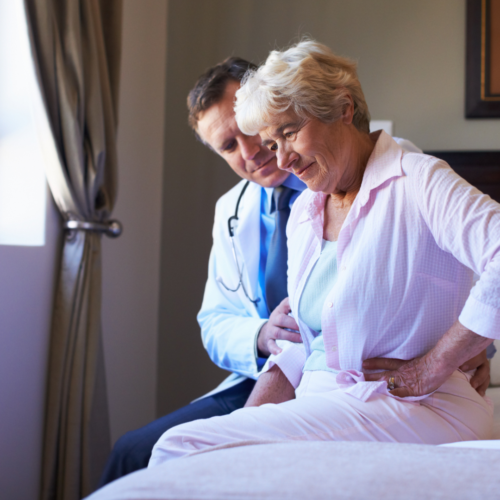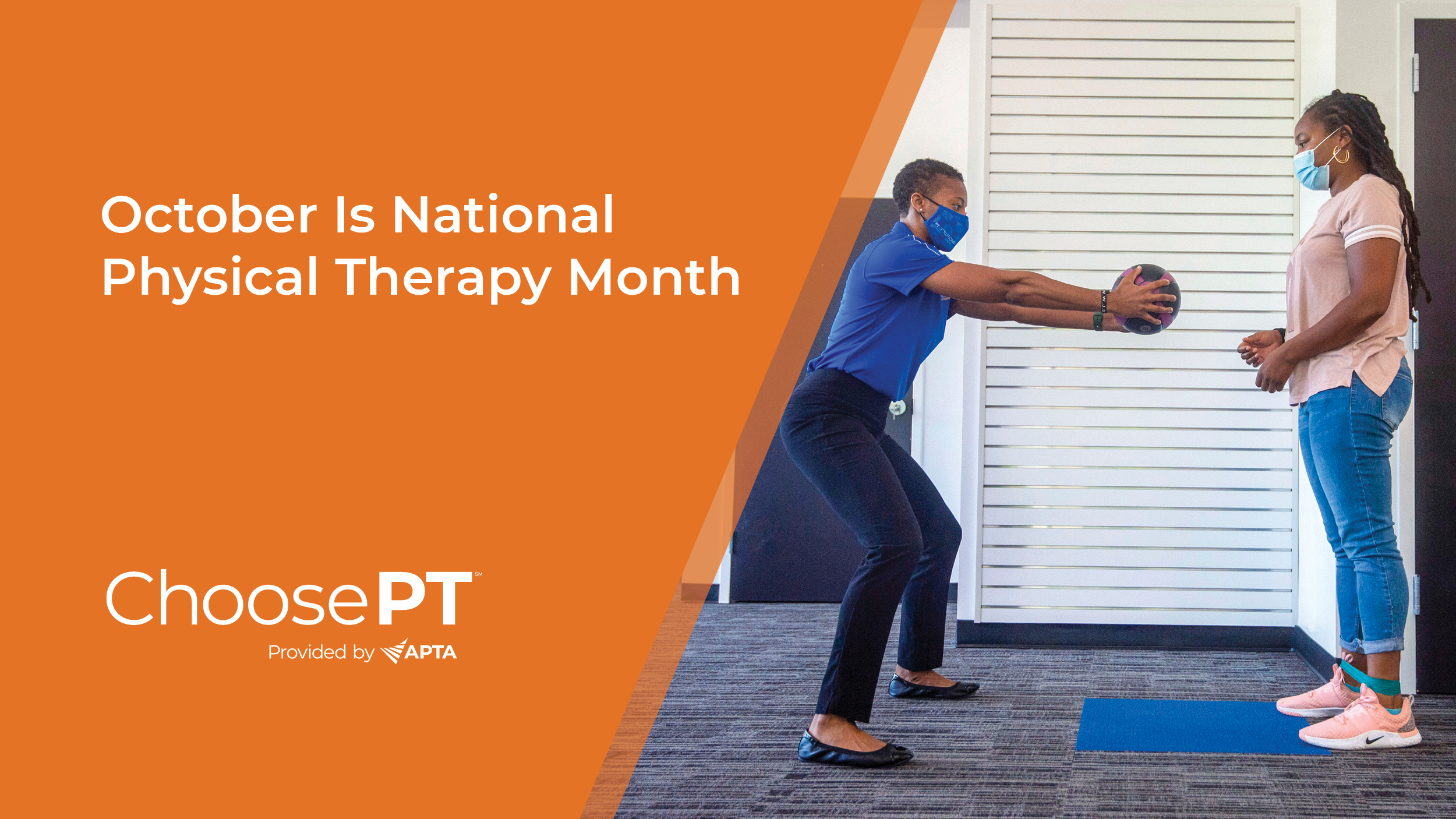Have You Scheduled Your 2023 PT Exam?
Haven’t thought about having an annual PT exam? We’re biased, but we think you should. You see your optometrist and dentist regularly because your eyes and teeth are important. You get an annual physical from your family physician. You might even be getting ready to see your accountant to get your yearly taxes done. But […]










